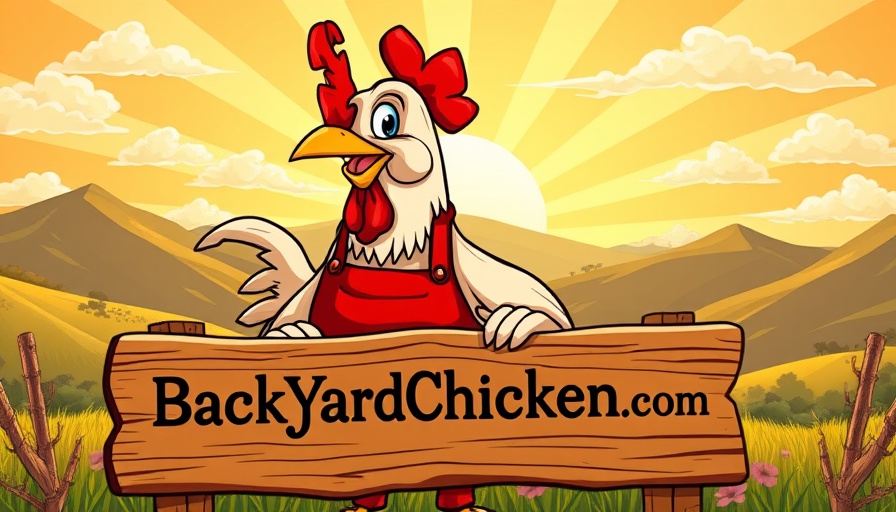
Calculating the Right Amount of Construction Sand for Your Chicken Coop
Building a chicken coop not only requires proper design but also careful consideration of the materials used, particularly flooring. For those constructing a 13×16 coop, one common flooring choice is construction sand, appreciated for its drainage capabilities and ease of cleaning. Knowing how much sand to purchase can save you time and money.
Estimating Your Sand Needs
The first step in calculating the amount of sand needed is to determine the volume of the coop's flooring area. Since your coop measures 13 feet by 16 feet, the total area equals 208 square feet. The depth of the sand layer is typically about 2-4 inches. For this calculation, we will use 3 inches, which is a standard depth for effective drainage, allowing for waste management and comfort for the chickens.
Volume Calculation
To find the volume of sand required, the formula you will use is Volume = Area × Depth. In this case, convert the depth from inches to feet (3 inches = 0.25 feet). Thus, the volume of sand needed is:
- Volume = 208 sq. ft. × 0.25 ft. = 52 cubic feet
It's important to note that construction sand is usually sold by the cubic yard. There are 27 cubic feet in one cubic yard, so to convert cubic feet to cubic yards, divide by 27:
- 52 cubic feet ÷ 27 = 1.93 cubic yards
Therefore, you would need approximately 2 cubic yards of construction sand for your coop, accounting for settling and potential compaction over time.
Considerations for Choosing Sand
Selecting the right type of sand is equally crucial. Construction sand should be free of contaminants and have a size that provides good drainage. Avoid any sand that could cause respiratory issues for chickens. Consulting local suppliers about the best options may provide additional insights.
Final Thoughts
Properly calculating and selecting the right amount of construction sand can significantly enhance the health and comfort of your chickens. As you create your coop, remember to ensure adequate ventilation and consider how the flooring can contribute to a clean environment.
 Add Row
Add Row  Add
Add 




Write A Comment